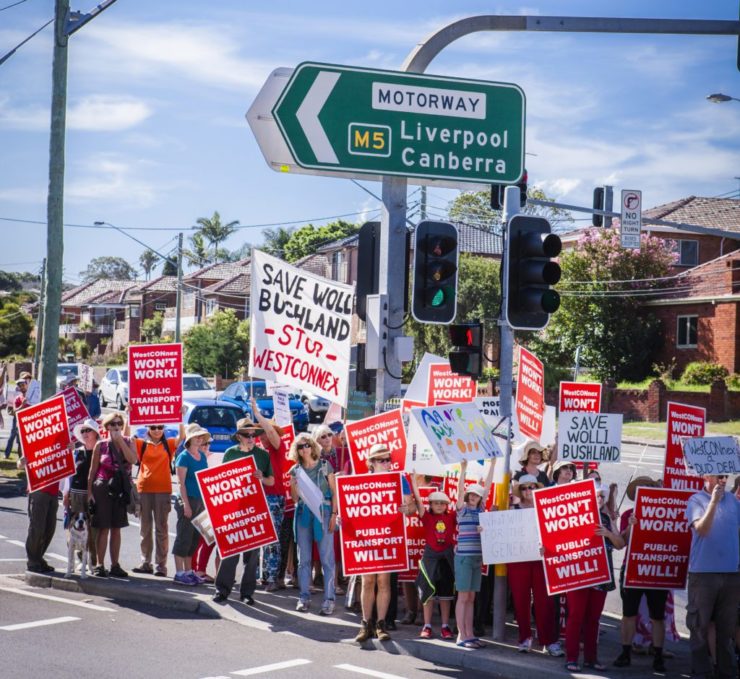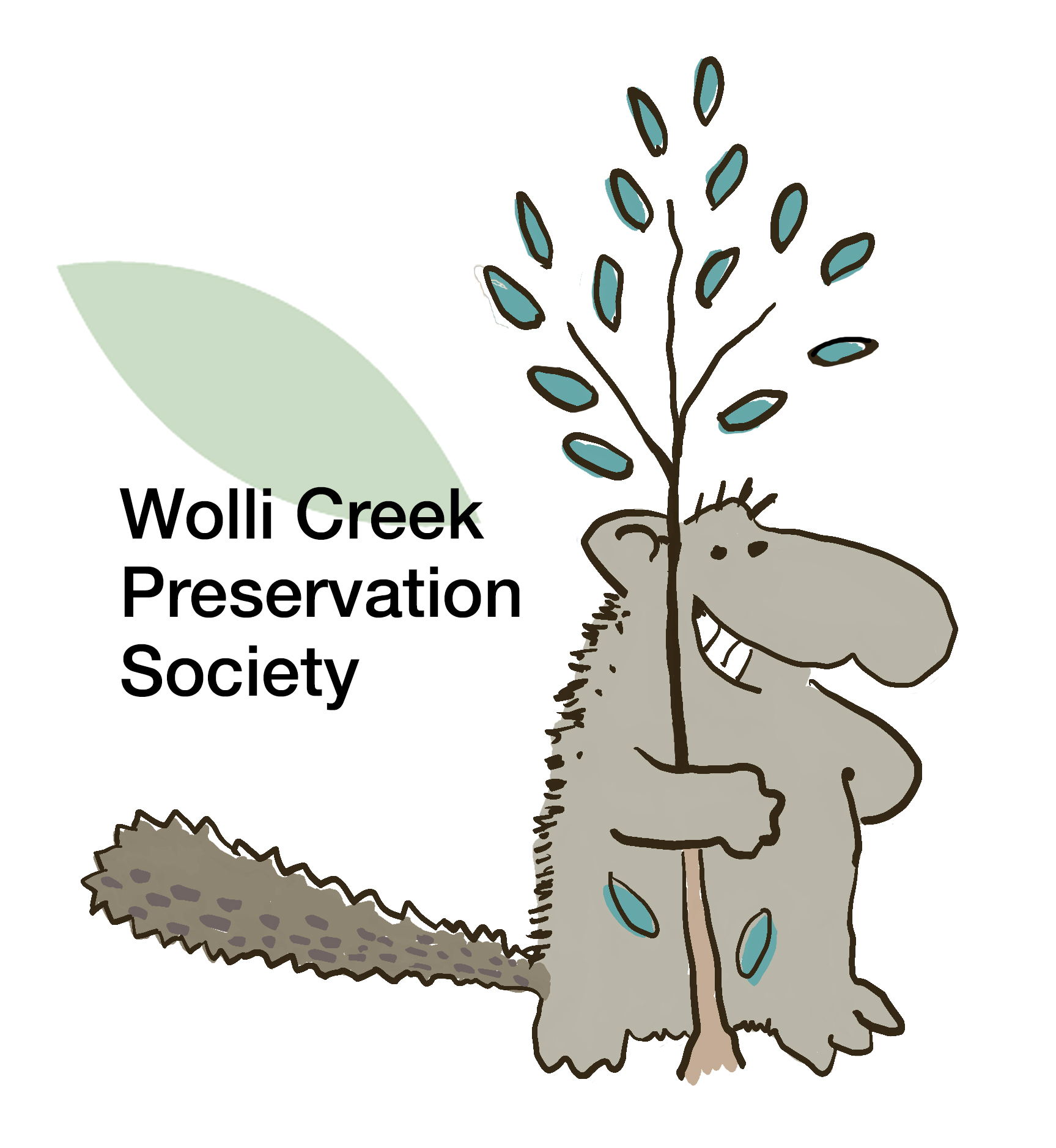HIstory
First Nations Pre-Colonial History
For thousands of years the Wolli Creek Valley was home to the Bidjigal clan of the Eora people. The Bidjigal also lived in and around the wetlands and swamps on the edges of Botany Bay and the Cooks River. They were skilled hunters and gatherers in these habitats.
The tidal river provided plenty of saltwater foods and old middens can still be seen near the mangroves on the banks of Wolli Creek and its junction with the Cooks River. The upper creek supplied fresh water and the sandstone outcrops offered many rock shelters.
‘Wolli’ is a Dharawal name ‘wull’ayi’ meaning ‘camp’. The first syllable should rhyme with ‘wool’. Maps from the 1800s spell it ‘Woolli Creek’ which suggest its only in recent generations that it has corrupted to pronounce ‘wohl-eye’. The name refers to the middle-upper sections of the creek. The downstream end of the creek is Goolay’yari, a Dharawal name for Pelican.
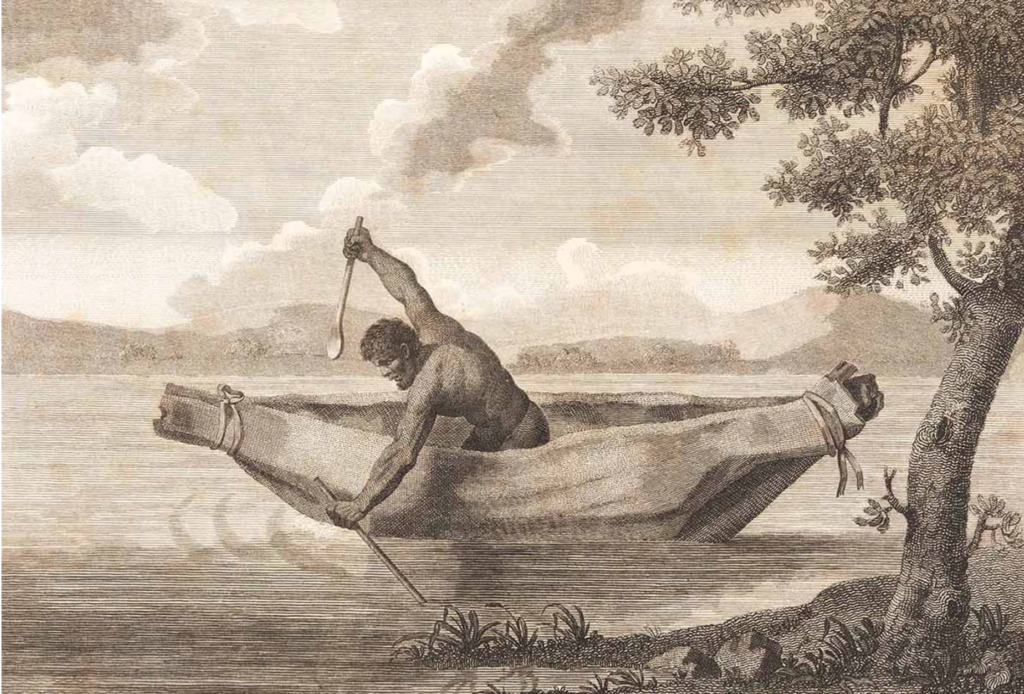
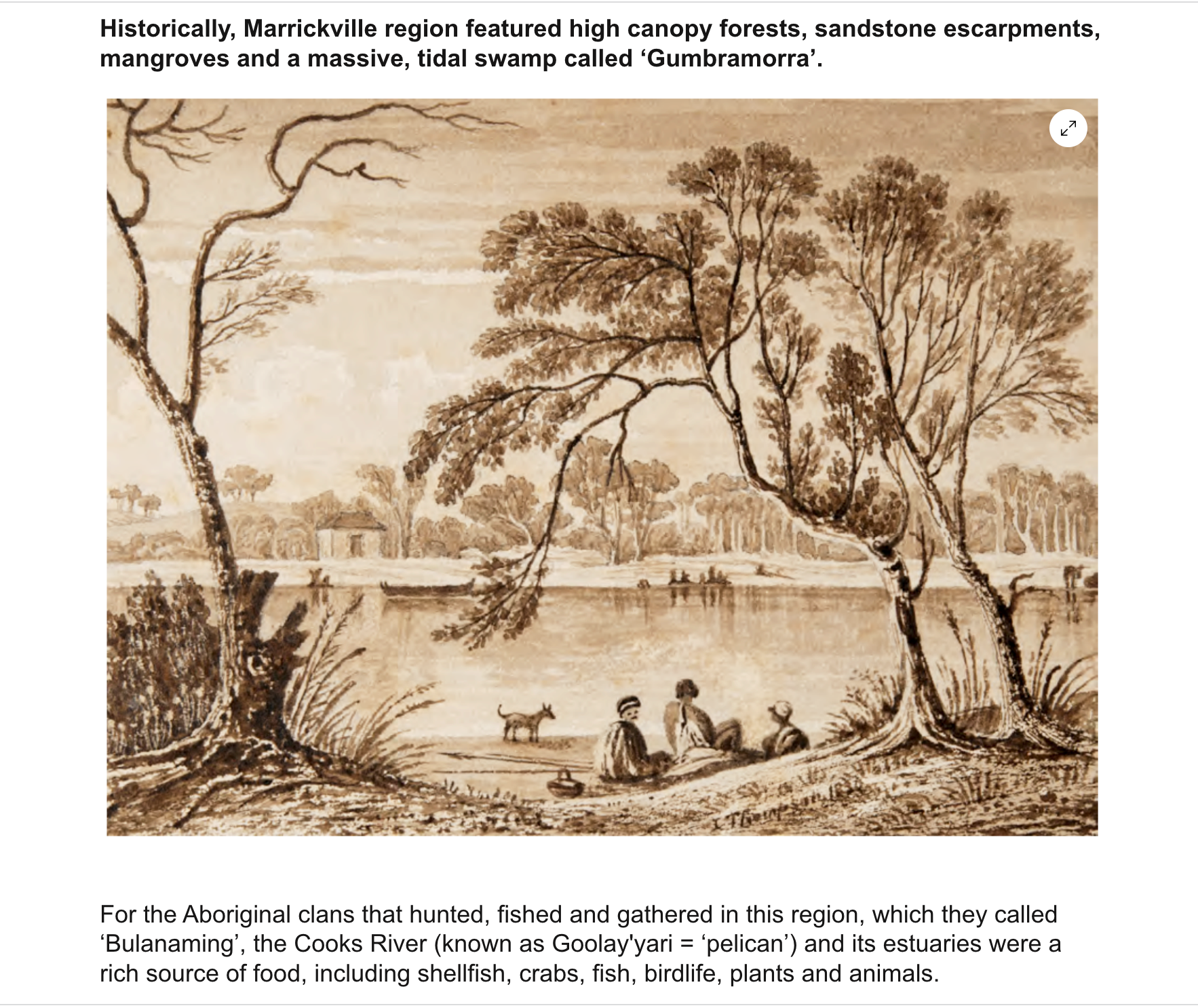
Colonial History
In colonial times, the Valley became known as the home of the ‘Cabbage Tree Hat Mob’, settlers who wore hats woven from fibres from the leaves of cabbage tree palms. These grew on shady slopes. This early industry was responsible for the decline of this native palm in the Valley.
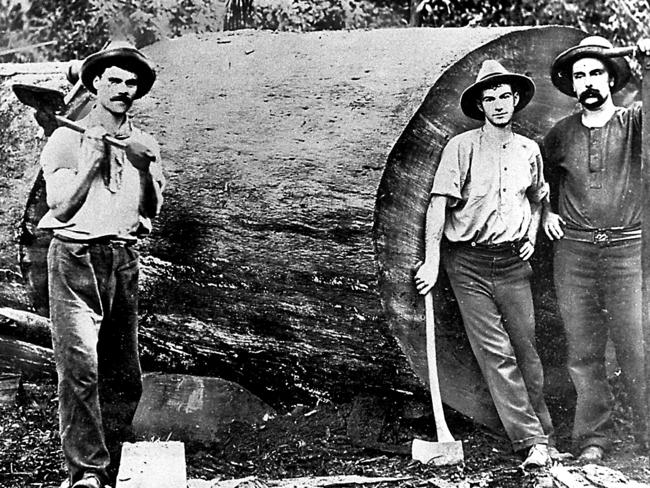
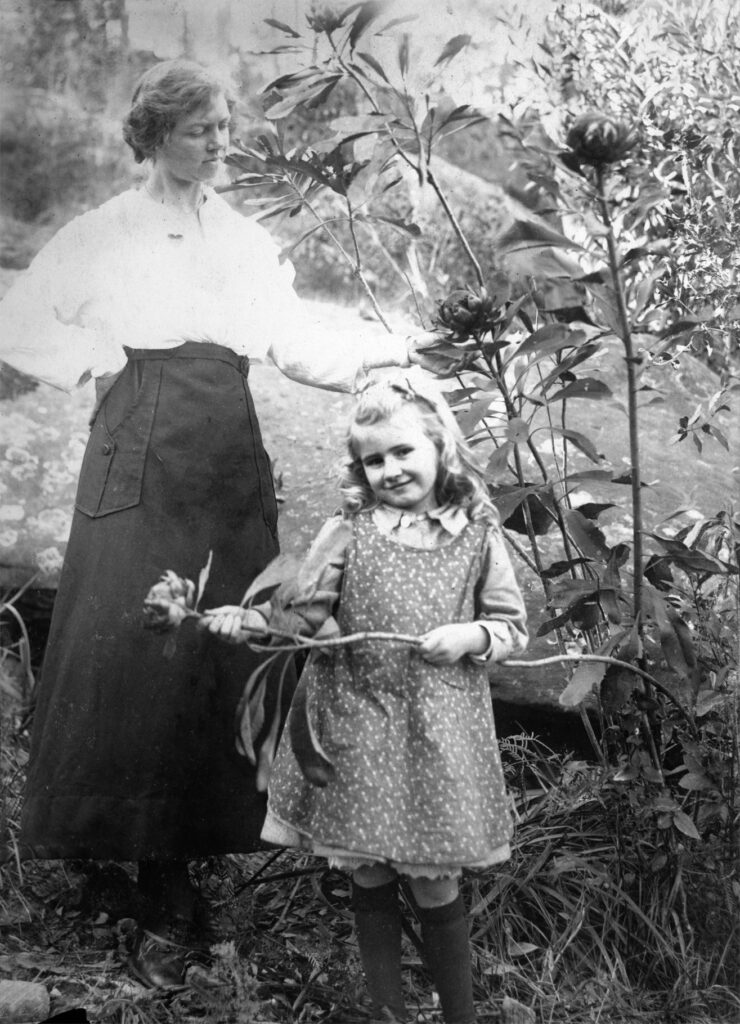
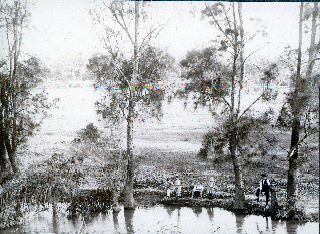
Development
With settler occupation came activities such as timber getting, small farms, orchards, dairies, poultry and pig farms and market gardens. In the early 1900s, William Jackson quarried sandstone at several sites and built six sandstone cottages, still standing, on the site of a former quarry, in what is now known as Jackson Place. The Wolli Valley was saved from most building development in earlier times by its rugged terrain, flooding, and by distance from the main road and rail lines as Sydney expanded. The East Hills rail line wasn’t built through the Valley until 1932. In the 1930s, Turrella Reserve was the site of extensive Chinese market gardens by the banks of the creek.
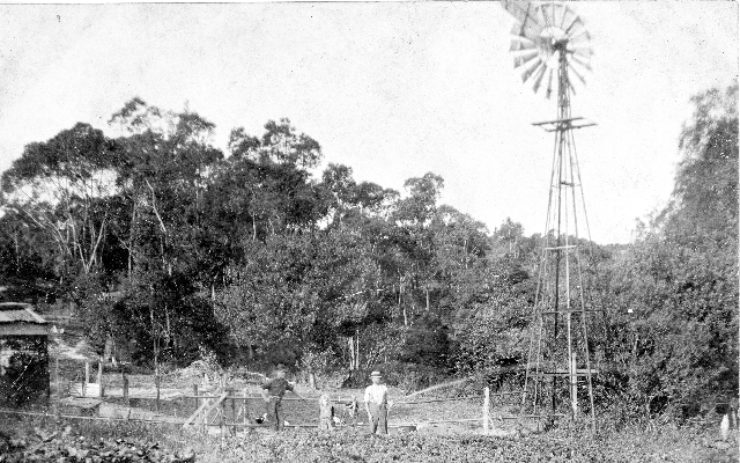
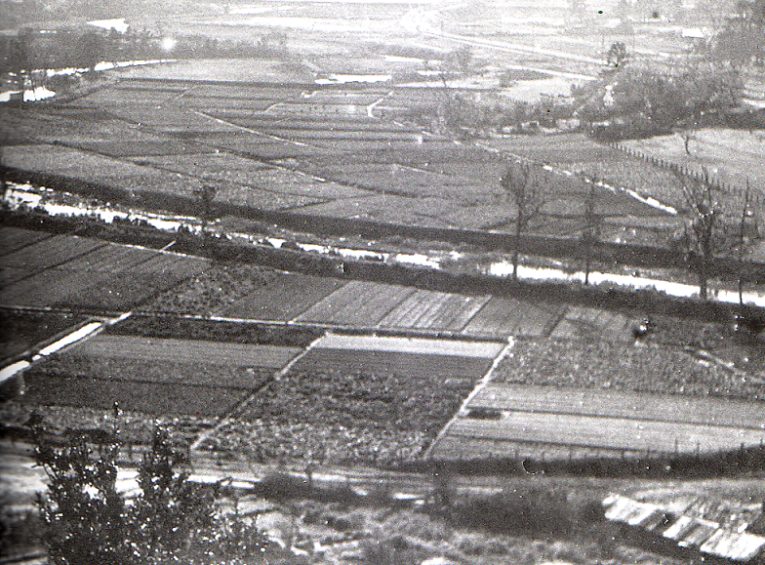
1967 Resident Environmental Action
Resident action in 1967 stopped a plan submitted by Brambles to Canterbury Council to level Nannygoat Hill at Earlwood, overlooking Finlays Ave and Turrella Reserve. Its sandstone rubble was slated as fill for a new runway at Sydney Airport. See ABC TV’s This Day Tonight story of a protest about this plan.
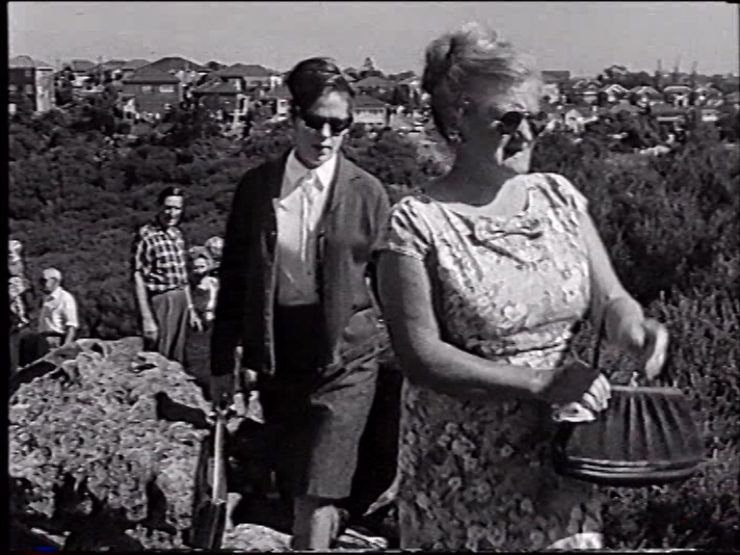
Proposed M5E Motorway Through the Valley
Under the Cumberland County Plan, adopted in 1951, the green corridor of bushland and open space was preserved from development and reserved for a proposed major road.
In 1978, this became a proposal for an eight-lane above-ground freeway to run the length of the Wolli Valley, as part of a planned road link from Redfern to Liverpool. Many in the local community raised strong objections, and a Commission of Inquiry headed by barrister David Kirby was established by Premier Wran. This Kyeemagh-Chullora Road Inquiry (1978-81) recommended against the proposed freeway. (For more information on the Kirby Inquiry see Unfinished Business – The Kyeemagh–Chullora Road Inquiry and the future of Sydney, which links to an interview with David Kirby in 2015 . The full report can be seen at http://roadinquiry.blogspot.com.au.)
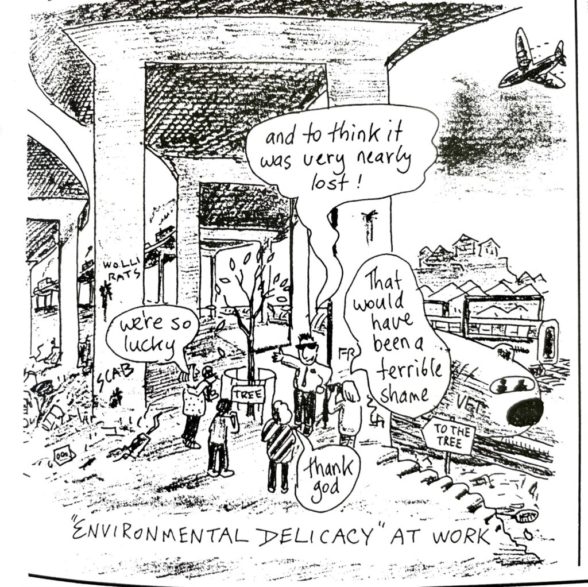
Wolli Creek Preservation Society Formed
In 1983 the Wolli Creek Preservation Society was formed to fight the M5E proposal and protect the Valley. The battle against the M5E freeway wasn’t won until 1998, when an alternative plan for a tunnel was adopted. The M5E tunnel opened in 2002, slightly further south under Bardwell Park and Arncliffe.

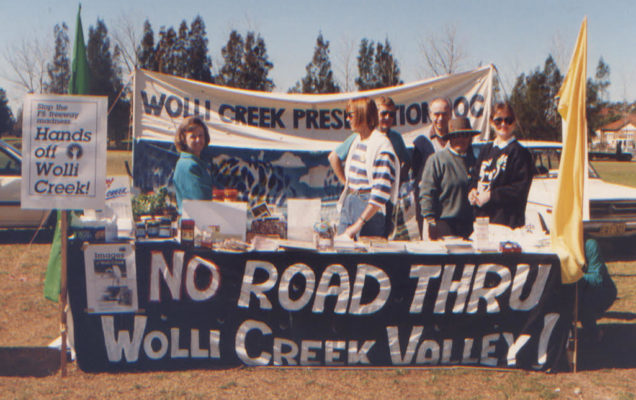
Wolli Creek Regional Park Created
In 1998, the State Government committed to establishing a 60 ha Wolli Creek Regional Park, later revised down to 50 ha. Land acquisition began in 2001 when NPWS acquired Girrahween Park (6.7 hectares) when plans to construct the M5E motorway through the valley were abandoned. But by 2003 The National Parks and Wildlife Service (NPWS) only held 8.9 hectares of the proposed area of the Regional Park. Additional land held by other Government agencies and private land-holders was promised to be transferred to the NPWS to complete the Regional Park.
Some progress has been made but over twenty years later, the handover of lands to the Park has still (2023) not been finalized. The Wolli Creek Preservation Society continues to campaign for the handover of the remaining parcels of this land and for the final completion of the Regional Park. Only when all the promised 50 ha are under the control of the NPWS will there be unified management of the bushland and parkland.
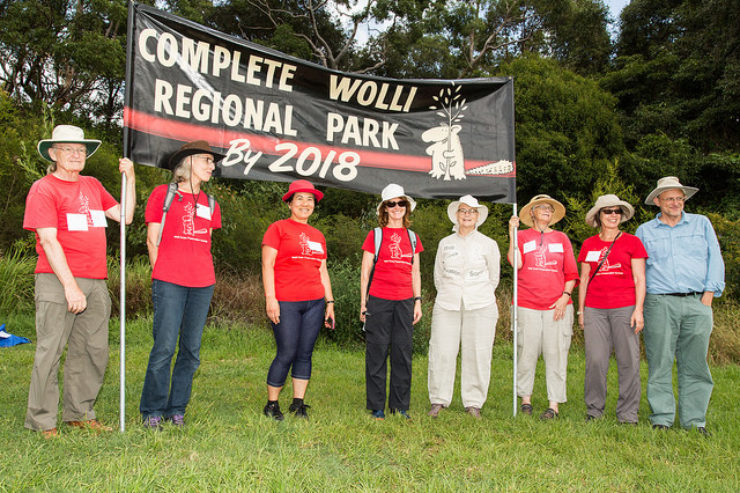
Two Valley Trail Opened
The Two Valley Trail (TVT) proposed by WCPS, and developed with the Cooks River Valley Association and other community groups, was officially opened in June 2008. This 13 km walking track traverses both the Wolli and Cooks River Valleys. Download a map of this walking route.
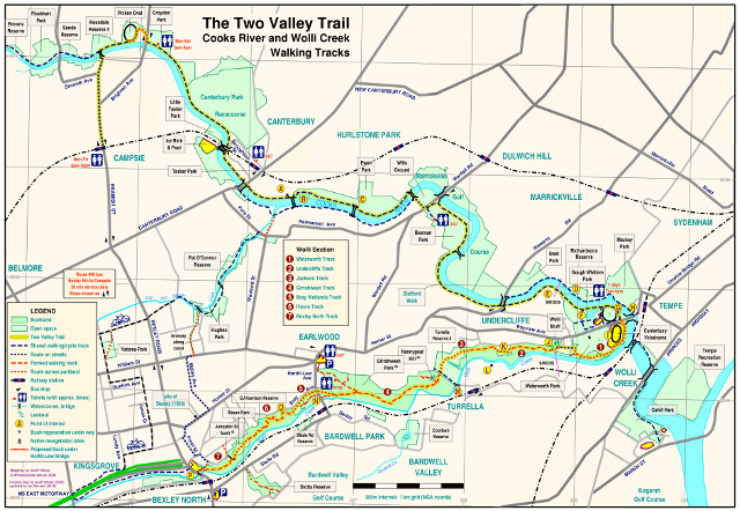
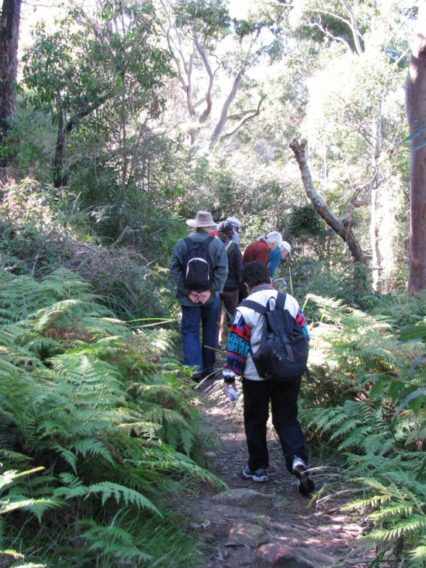
The Threat of Westconnex amd the new M5
In 2009, the then Roads and Traffic Authority (RTA) planned to use land at the western end of the Valley at Bexley Road as the site of a tunnel portal for the New M5 duplicate tunnel, part of the WestConnex project. This RTA-owned bushland was set to become part of the Regional Park. After much campaigning by WCPS, the Government finally agreed in December 2016 to have this ‘Western Gateway’ land transferred to the NPWS and to be added to the Wolli Creek Regional Park.
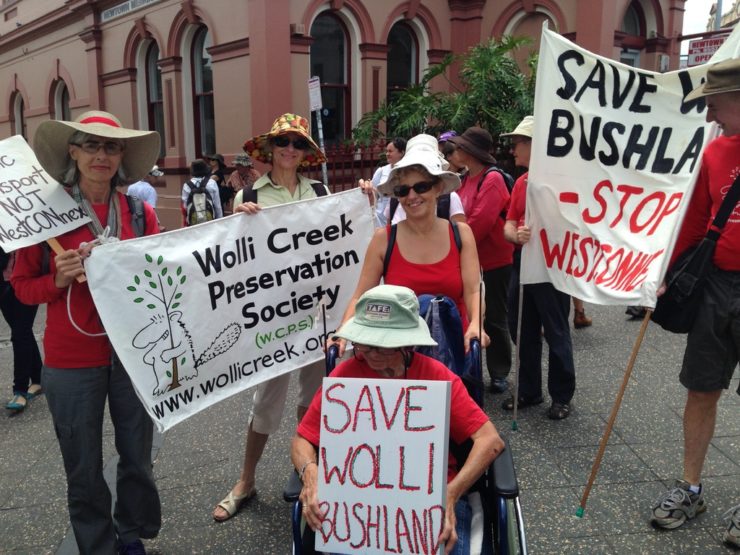
More Information
For more information about the general history of the Wolli Valley see:
- the Bibliography of historical references relating to the Wolli Creek Valley, Lesley Muir and Brian Madden, September 1992
- Wolli Creek Archaeological Report (pdf 5MB), Graham Wilson 2015
- The Amazing Wolli Poster Exhibition (16) panels
For a comprehensive account of the battle to save the Wolli Valley from motorway development see
- “Saving Wolli Creek – the complete documentary”
- The Wolli Valley Creek Valley: A History of Survival (WCPS 1996) by Brian Madden and Lesley Muir
For a short summary (5 min. read) of the history and natural values of the Wolli Creek Valley and of the history of WCPS and its role in the struggle to preserve the valley, see About the valley and WCPS (pdf).
See Our Achievements for more detailed information about the history of the Wolli Creek Preservation Society.
